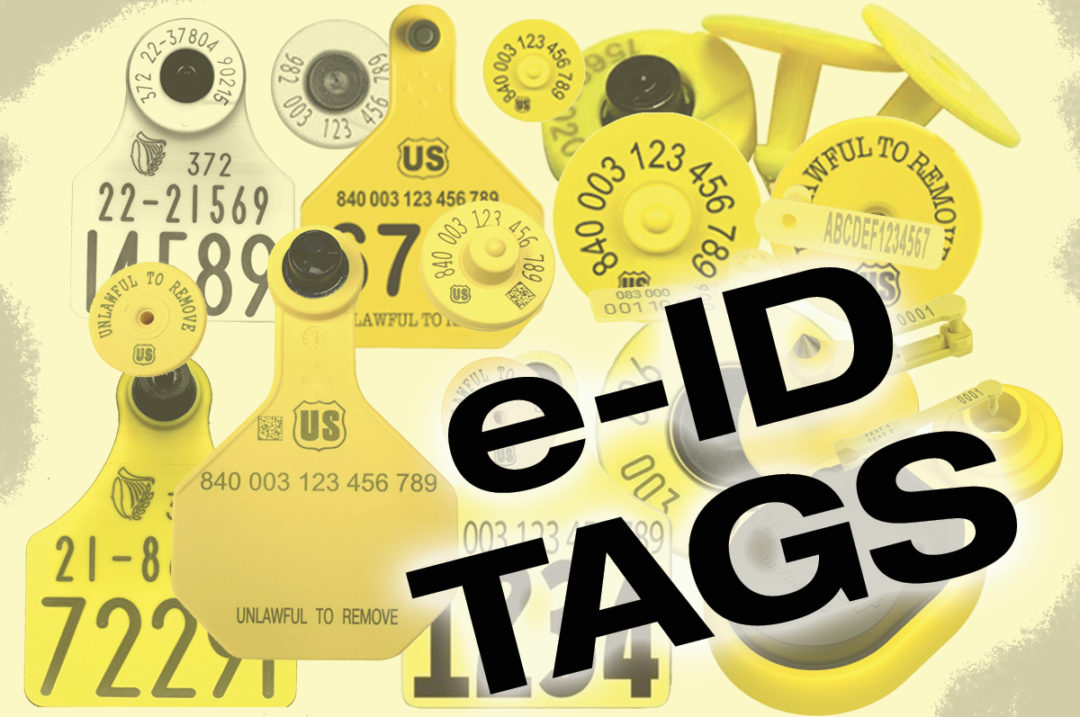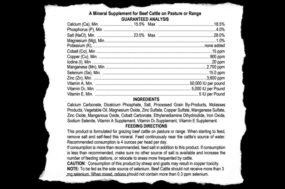The USDA Animal and Plant Health Inspection Service (APHIS) issued its final ruling on traceability, now requiring electronic ID (e-ID) tags with the goal of better responding to foreign animal diseases.
The USDA final traceability rule amends a previous 2013 rule that requires sexually intact cattle 18 months of age or older, rodeo and exhibition cattle, and dairy cattle moving interstate to have an official form of animal identification. The 2013 rule, which cattle producers already comply with, instituted visual ID tags for interstate movement. The new final rule switches producers to e-ID tags, which are easier to read and would yield a faster traceability response during a foreign animal disease outbreak.
It is estimated that a foot-and-mouth disease outbreak in the U.S. would lead to $221 billion in economic losses. Only 11% of the U.S. cattle herd is impacted by this final rule. The rule will not take effect for six months, approximately Nov. 1, 2024, to provide time for producers to prepare.
“USDA’s final traceability rule updates the existing requirement for animal identification that has been in place since 2013, switching from solely visual tags to tags that are both electronically and visually readable for certain classes of cattle moving interstate,” says Mark Eisele, National Cattlemen's Beef Association (NCBA) president in a news release. “Many producers are already familiar with using these visual tags, and under the new rule, they will instead use electronic tags. NCBA has worked hard to secure 15 million dollars in funding for producers to reduce the cost of implementing this change. We also remain committed to safeguarding producers’ private data and continuing to reduce the cost of eartags for farmers and ranchers. Our industry faces a tremendous threat from the risk of a future foreign animal disease on American soil. To avoid devastating financial losses during a potential outbreak, and to help producers quickly return to commerce, we need an efficient animal disease traceability system.”
Aimed to help in the effort, a provision of $15 million for e-ID tags was passed in the Consolidated Appropriations Act 2024, in early March 2024. Producers know best the efforts they take to reduce risk of and treat disease within their herds. It’s the hope that the funding will go to producers so they do not incur the full cost of complying with the updated rule when purchasing the additional equipment needed.
Producers can go to their state animal health officials and state veterinarians who can get e-ID tags from the USDA using resources secured through the appropriations process. The goal is for producers to not have to dig deeper in their pockets to meet compliance.
There may be concern about sharing additional information with government agencies; however, the e-ID information will be protected by the Freedom of Information Act and cannot be shared between agencies. The only purpose of the tags is for disease traceability.








